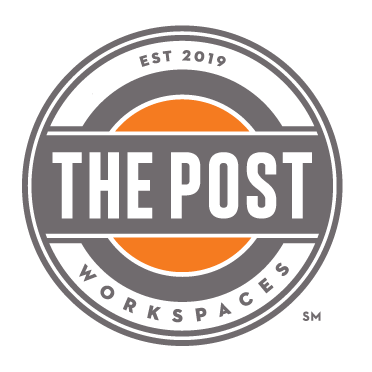
I just need a bit more cash to take this next step in growing my business…
How many times has that thought crossed your mind as a small or mid-size business owner?
Financial investment is often required to grow and maintain a business. In fact, this is one of the reasons small businesses thrive in coworking spaces, where the costs are much more approachable than a traditional office.
The fact is, businesses need money. And because of this, many owners turn to short-term lending to get a quick influx of cash.
It’s convenient and fast. But is it worth it? Are there any risks for small businesses?
Let’s dive in and look at the pros and cons of short-term lending so you can decide if it’s best for your business.
Short-Term Lending: An Overview

Short-term lending is a broad term for any loan that’s repaid over—you guessed it—a short time period. This can be anything from a few months to a few years but is significantly shorter than traditional loans that are paid off over years to decades.
Other typical features of short-term lending:
- Offered by loan agencies rather than banks or credit unions.
- Easier to get than traditional loans (i.e., fewer requirements and shorter approval time).
- Higher interest rates than traditional loans.
- Frequent payment installments.
Pros and Cons of Short-Term Lending

Short-term lending is attractive to small and mid-size businesses because it’s fast and convenient. But it does come with its downsides and risks.
Pros of short-term lending:
- Fast: You can typically receive the money within a few business days. This means it’s great in a pinch or if you can’t wait months to obtain funds.
- Easy to get: Traditional financial institutions have high standards to approve loans. Loan agencies, however, do not. Virtually anyone will qualify for a short-term loan, even if you have a low credit score.
- Convenient: Short-term lending is designed to be quick and painless, with minimal paperwork and virtually no background or qualification checks. You can simply walk in, apply, and get approved, for the most part.
Cons of short-term lending:
- High interest rates: The APR (annual percentage rate) can range between 7% to 99%, depending on where you go and the terms of the loan.
- Frequent payments: Many loan agencies require weekly (and sometimes daily) payment installments. This can be hard to keep up with depending on your cash flow.
- Possible debt cycles: Short-term loans are so easy to get that some businesses start to rely on them to keep their business afloat. This is a hard cycle to break once you’re in it!
The first point—high interest rates—is worth expanding on. Using a business loan calculator, we can run some numbers and see the impact of high rates.
Example: You need $20,000 to replace the IT equipment for your small business and plan to pay it back in nine months. With a traditional loan, you might have an APR of 5%, which results in $419.02 in interest, or $20,419.02 paid total.
But if you take out a short-term loan, the APR will be much higher:
- At an APR of 15%, your interest payable becomes $1,270.69.
- APR 25% = $2,140.54 interest.
- APR 35% = $3,028.30 interest.
As you can see, high interest rates take a lot more out of your pocket than just the initial loan. And if you keep using short-term lending, that interest really starts to add up.
Is Short-Term Lending Right For You?

So what’s the verdict? Are the high interest rates a reason to stay away? It depends on your business and specific needs. There are a few situations where short-term loans might be worth it:
- Emergencies—you need cash ASAP to fix something broken or solve an imminent problem.
- Specific projects or goals—you know exactly where the money’s going and have a plan to pay it back.
And if you choose to use short-term lending, be aware of how easy it is to rely on them and get into a potential debt cycle. Make sure you’ve reviewed your books (check out Post members’ company Growbooks, to help small businesses keep money in their pockets!), talked with trusted partners or advisors, and carefully weighed out the pros and cons.
If you need to get some professional advice, you can check out resources like the Small Business Administration and US Government Small Business Support page. They’re designed to provide advice, support, funding opportunities, and training to small and mid-sized businesses.
And if you’re local, make sure you’re using the resources and support for small businesses in Tucson to build your company and find help when you need it.
And if you’re looking for a top-tier office space that will help you grow your business without eating up a ton of your valuable cash flow, book a tour of The Post today.

